The sun-drenched Costa Blanca - South
The COSTA BLANCA (white coast) is mainly known for its white beaches and wonderful climate with 320 days of sunshine per year. The area south of Alicante is still growing and has an excellent infrastructure. Thanks to the excellent road network, all towns and villages in the area are easily accessible. The Costa Blanca South also has many supermarkets, where Dutch, English and German products are available. Whether you are looking for the hustle and bustle or the peace, there is something for everyone: for hikers there are well-marked routes, golf courses, tapas bars, discos, restaurants, bars, shops, horse riding and much more. Even in high season the beaches here are not overcrowded, so there is enough space for everyone. The beautiful landscapes are surprisingly varied with beautiful mountain routes, valleys and forests. According to the World Health Organization, the Costa Blanca South is one of the healthiest living areas in the world In the large nature reserve south of Alicante, where flamingos regularly settle, there are also salt lakes. The population of Spain is mainly Catholic and therefore has many holidays. In every city or village there is a party somewhere with processions, fireworks and good food and drinks. Every day of the week there is a market in the various nearby places. The mild climate is also a good place to stay in the winter and many people choose to escape the cold and stay here for a longer period. The most important places on the Costa Blanca South are Alicante, Guardamar Del Segura, Rojales, Santa Pola, the beautiful Isla de Tabarca, and Torrevieja.
Alicante
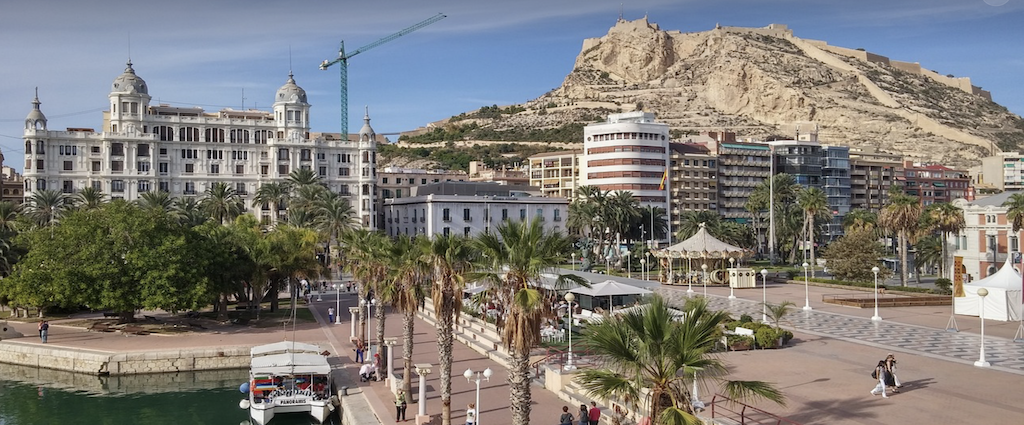
ALICANTE has 322,670 inhabitants and is the capital of the province of Alicante. The oldest part of the city dates back to the 3rd century BC, is built against a hill and forms a maze of narrow streets and especially stairs. On top of the hill is the castle of Santa Barbara, from where you have a beautiful view of the entire city and the harbour. The numerous historical buildings, churches and museums are certainly worth a visit. You can also stroll along the promenade, called the Paseo de la Explanada where there are stalls with arts and crafts under palm trees. In the narrow streets behind the promenade you will find numerous tapas bars and terraces with a wide choice of European cuisine. Cosy terraces and restaurants can also be found at the marina, where the casino is also located. In addition to these tourist attractions, Alicante is also a modern city with large department stores and covered shopping centres.
Elche
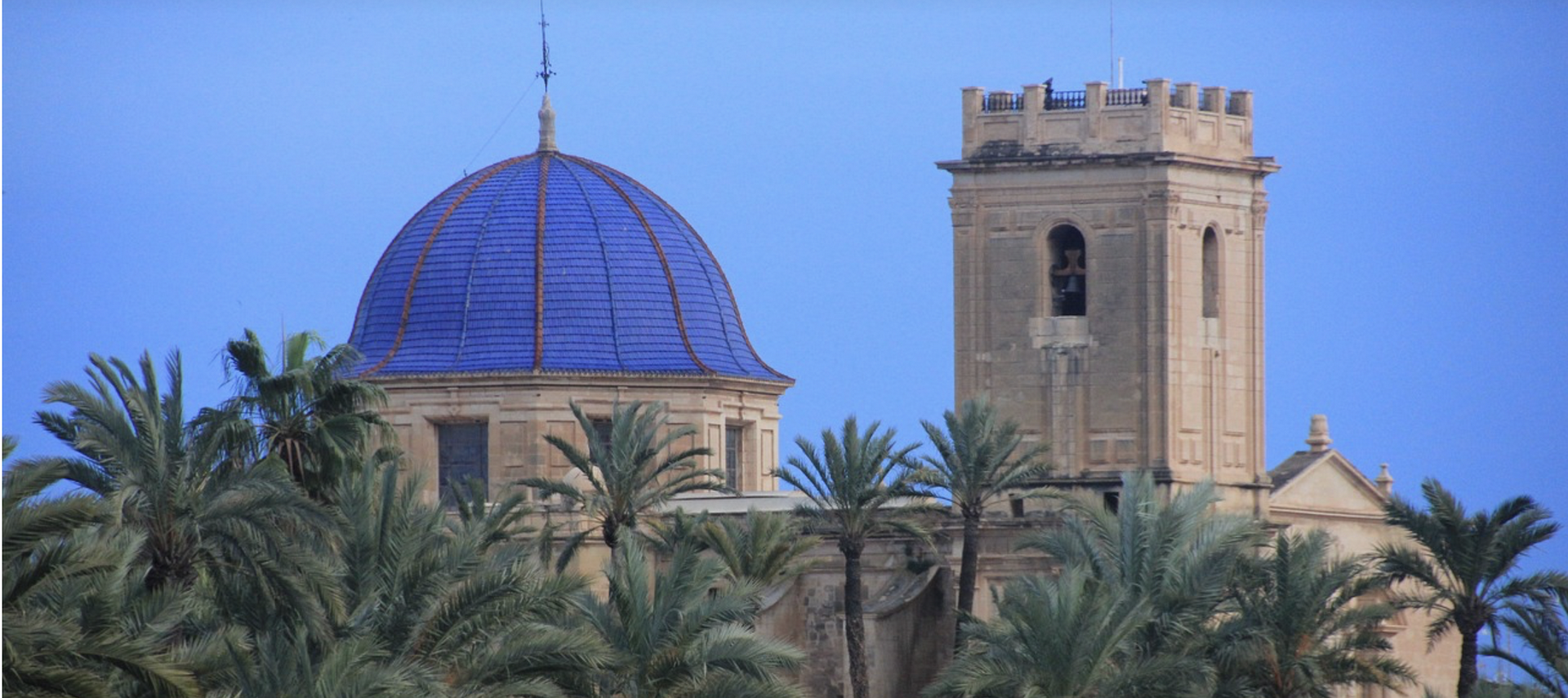
ELCHE, founded in the 10th century by Arabs, is located 23 km from Alicante. The city originated as the Iberian Ilici, was later a Roman colony and a Moorish settlement. In the centre, the historical buildings are close together, such as the Basílica de Santa Maria from the 17th century. In the Museu Arqueológic Municipal, not only remains from the Bronze and Copper Ages can be seen, but also mainly work from the time of the Iberians, Romans and Moors. In addition to all these historiemelshouseservices.com Surroundings page-8 NL Elche also has modern shopping centres, luxury department stores and beautiful parks, such as the palm park Parque Municipal. The city has more than 300,000 palm trees, which have been declared a World Heritage Site by Unesco and therefore may not be cut down.
Elche offers a whole range of attractions as well as excellent beaches. In the heart of the city there is an important nature reserve, the 'Laguna del Fondo' and the 'Rio Safari' amusement park where you can swim with sea lions.
Guardamar del Segura
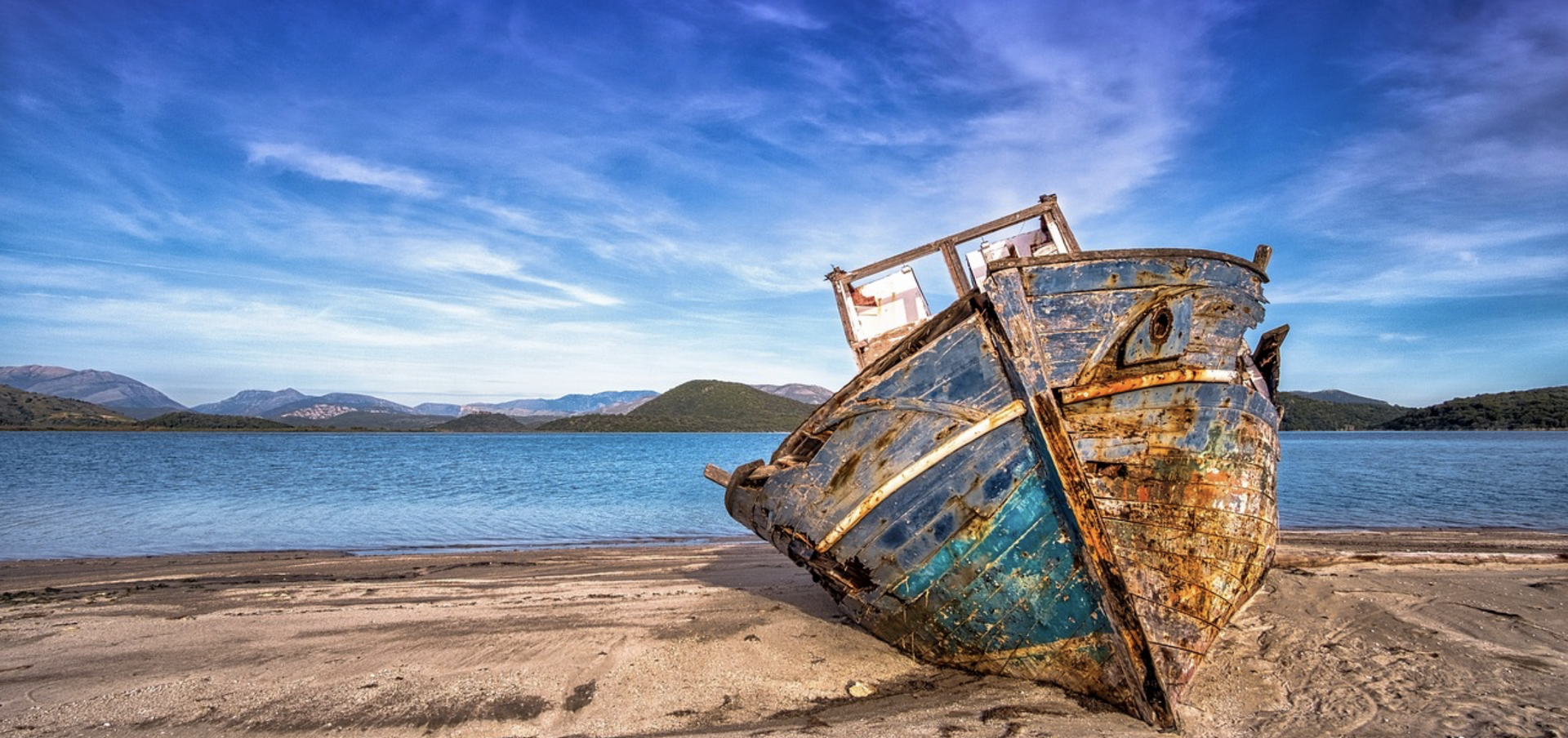
GUARDAMAR DEL SEGURA is located about 35 km south of Alicante, at the mouth of the Segura river. This seaside resort is rapidly emerging and has a pleasant boulevard.The white beach of Guardamar del Segura is quite wide and never overcrowded, even in the high season. In the dunes behind the beach lies Parque de Alfonso XIII, where the Moorish ruin La Rabita Califal (10th century) is located.
Spaniards mainly live outdoors and here too, the promenades are especially lively in the evenings. In the high season, there is a permanent amusement park for children.
Rojales

ROJALES is traditionally an agricultural village through which the Segura river flows. Along this river you can enjoy walking and cycling in a peaceful environment. Approximately 70% of the total building land is occupied by the production of citrus fruit. Because Rojales is only 10 minutes from the beach of Guardamar del Segura, many new residential areas have been built here. As a result of this development, you will find several small and 4 large supermarkets here. If you want to escape the hustle and bustle of the boulevard, this is an oasis of peace. Rojales also has La Marquesa Golf & Country Club with 18 holes. The village is also known for its cave houses, which are now inhabited by artists who have their studios there.
Santa Pola

SANTA POLA an old fishing village that used to be the port of the city of Elche, has one of the largest fishing fleets in the entire Mediterranean. The small port is still the economic hub, but the importance of tourism is also slowly increasing here. In the numerous restaurants the fish is fresh and not expensive. There is a maritime and a fishing museum and the oldest aquarium in the Comunidad Valencia. Next to the castle of Santa Pola is a small square where it is wonderful to stay on a terrace and enjoy the sun. Santa Pola is also known for its salt lakes (Salinas de Santa Pola) which is a protected nature reserve. This is the habitat of many species of birds, but where flamingos also spend the winter.
Isla de Tabarca
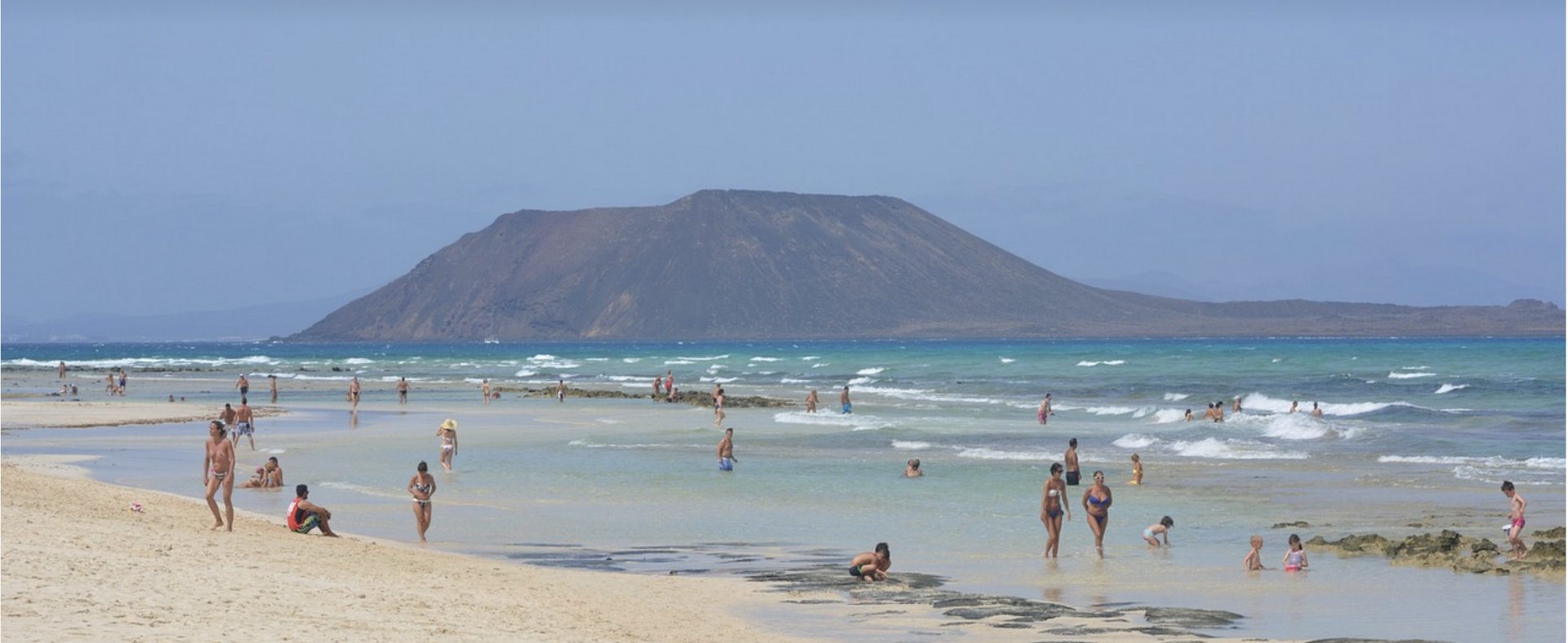
ISLA DE TABARCA is an island off the coast of Guardamar del Segura that is 2 km long, 400 m wide and has about 50 inhabitants. You can visit monuments and see the 100 m deep stalactite cave. The sea here is protected by nature and the water is truly crystal clear. Shipping is subject to strict rules here, as is diving with equipment. The many restaurants serve Isla de Tabarca specialities such as Caldero. The journey from Santa Pola takes about 20 minutes and from Alicante and Torrevieja about an hour.
Torrevieja
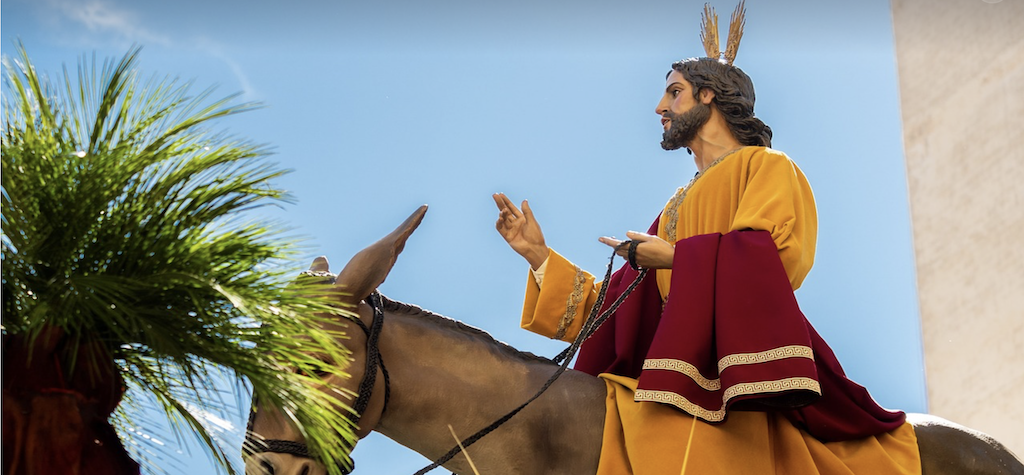
TORREVIEJA is a city with 91,000 inhabitants, where tourism is now the main source of income. Salt has been extracted from the salt lakes (Salinas de Torrevieja) since the 12th century and this used to be the main activity. The salt lakes of Torrevieja are the largest in Europe. The city has many attractions including the Park of Nations (Parque de las Naciónes) which covers 26,000 m2. The park contains authentic vegetation, turtles and iguanas and attractions for children. Torrevieja also has extensive opportunities for mountain biking, diving, horse riding and golf and there is a permanent amusement park at the harbour. There is also a water park. The boulevard of Torrevieja is quite wide and has enough terraces to enjoy a cool drink with tapas in the sun.
Murcia
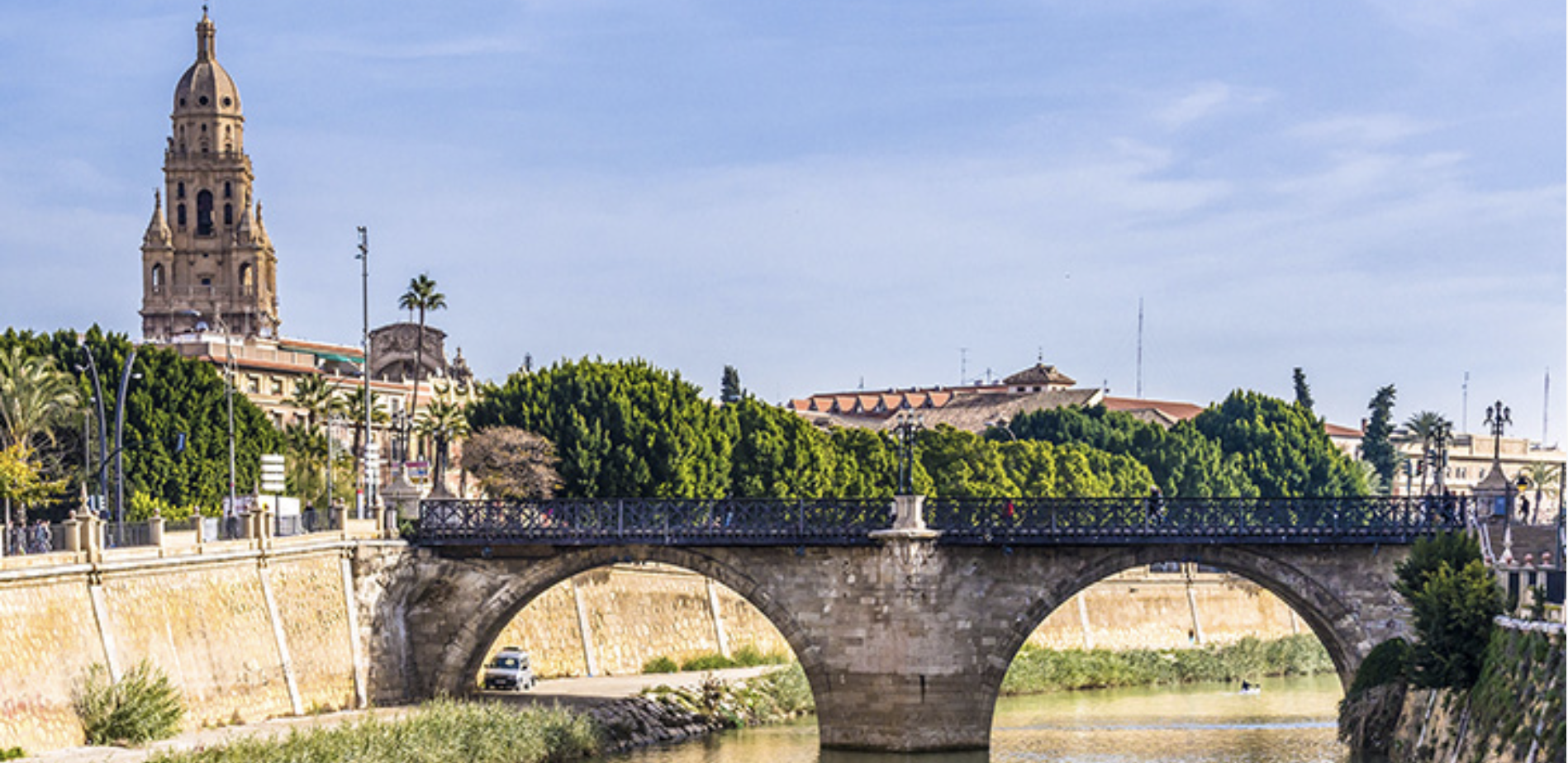
MURCIA is located 30 km inland from the coast, has 450,00 inhabitants and is definitely worth a visit. The city centre is at La Trepería, with banks, cafeterias, ice cream parlours, traditional shops, department stores and the Casino, a beautiful 19th century building. In the historic part of Murcia there are a number of beautiful monuments such as the Cathedral, which was built in 1394 and a number of museums. On the cosy plazas with terraces, which are connected by old streets with modern shops, there are also a number of sights. Plaza de las Flores is one of the liveliest places. The Segura river flows right through Murcia and the area around the city is mountainous and the climate is dry and hot.